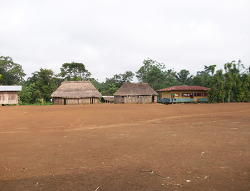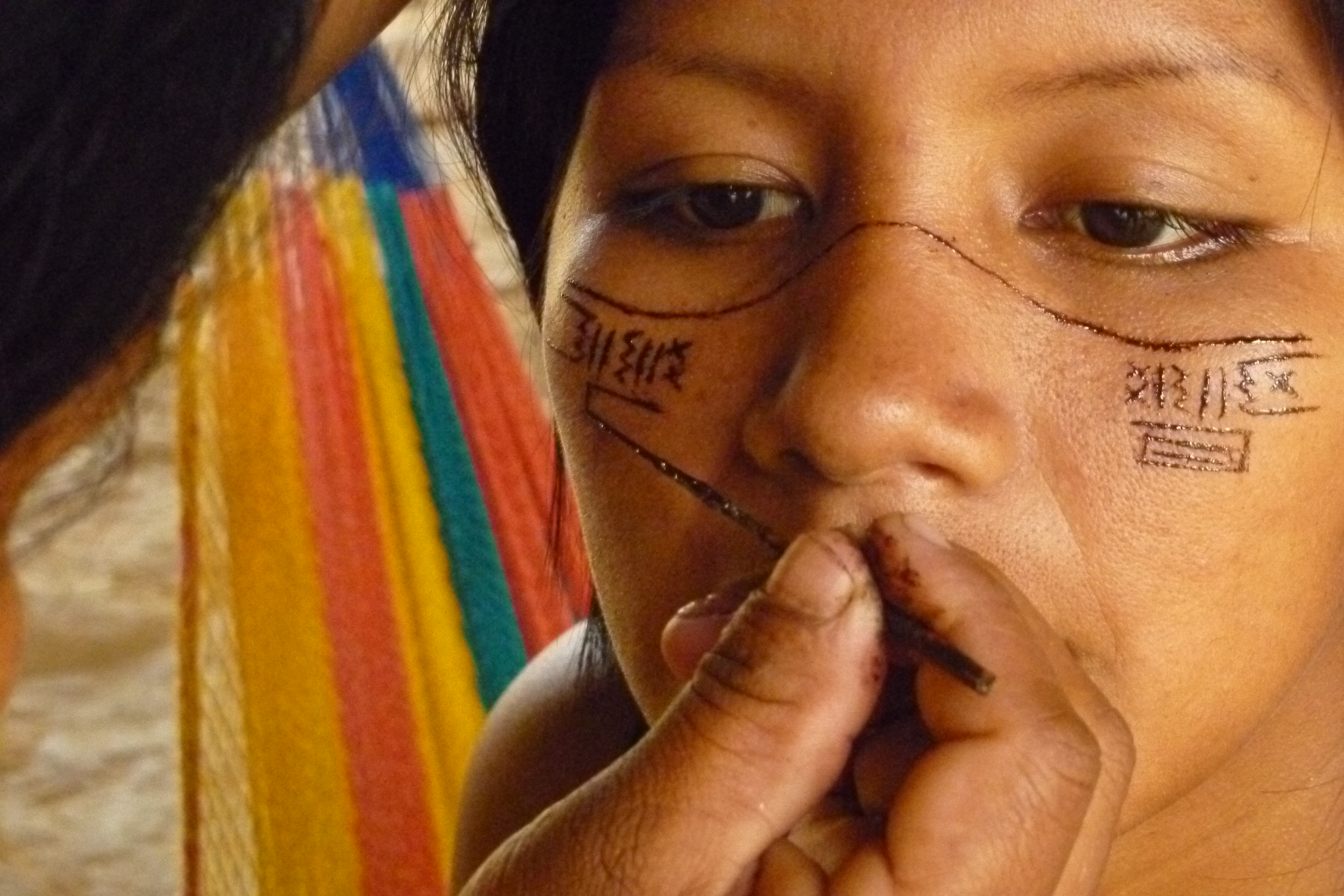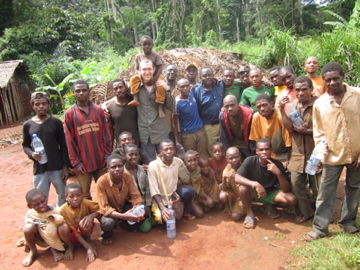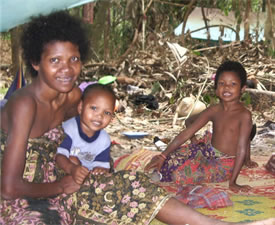Under the direction of Professors Amy Boddy and Nicole Thompson Gonzalez, the BioBehavioral Health Lab integrates evolutionary biology and demography to better understand the range of variation in human health, physiology, and the life course from infancy to old age. Based within the BioEngineering Building, our BSL-2 wet lab utilizes enzyme immunoassays to measure biomarkers of stress, immune function, nutritional status, infection, and reproductive hormones to explore the individual and population-level determinants of human health, and to test functional hypotheses from an evolutionary perspective.
Located on the picturesque shore of the Pacific Ocean, this laboratory is designed to both process and analyze a variety of biomarkers, and to provide classroom and individual assistance for motivated students and researchers interested in human evolution and biodemography. With an emphasis on less-invasive and field-friendly biomarker collection, we offer novel approaches to a traditionally clinical field of study, expanding our breadth of knowledge about human variation.
Our laboratory facilities are equipped for enzyme immunoassays and point-of-care analyses, as well as incubation and cell culture work related to immune function. These facilities can also be adapted to process many commercial assays depending on our research needs.

Field Populations
Tsimané of Bolivia
The Tsimané are indigenous forager-horticulturalists (population, ~16,000) in the Bolivian Amazon. Tsimané subsistence relies on small-scale horticulture, hunting, fishing, foraging, with more acculturated villages becoming increasingly integrated into the regional market economy.


Mosetén of Bolivia
The Mosetén of lowland Bolivia share the same language family as the Tsimané, and traditionally practiced similar subsistence strategies, but were missionized by Jesuits several centuries ago. The Mosetén are fluent in Spanish and regularly participate in market integration and cash cropping.


Shuar of Ecuador
The Shuar are Amazonian forager-horticulturalists living in the Andean foothills of Ecuador. They traditionally practiced similar subsistence strategies to the Tsimané and Mosetén, but have had greater exposure to Ecuadorian nationals (Colonos) and thus have experienced more intense levels of market integration.


Aché of Paraguay
Up until the 1970’s the Aché of Eastern Paraguay were full-time “egalitarian” hunter-gatherers relying on hunting, gathering honey, and foraging for palm starch. Traditionally the Aché lived in small mobile bands, but most Ache currently live in semi-permanent reservations and practice small-scale horticulture.


Sanöma of Venezuela
The Sanöma forager-horticulturalists (population ~1,500) are an offshoot of the Yanomami who live in the neo-tropical Venezuelan forests of the Caura and Ventuan River basin.


Batek of Malaysia
Tropical forest hunter-gatherers of Peninsular Malaysia (~1,500), living in Taman Negara National Park. Still relatively nomadic, and egalitarian, living in small camps of 15-50 people.


Utila, Honduras
Utila is home to three distinct cultural and ethnic groups: Utilian natives, Honduran immigrants, and expatriates. Despite its small size (total population, ~4,500), there is a high degree of socioeconomic inequality. While Utila is integrated into the global economy, with heavy reliance on income from tourism and remittances, there remain some who subsist as fisherman and farmers.

Todgha Valley, Morocco
The Todgha oasis has been an ethnic crossroads for many centuries and is home to three main groups: the Aït Tizgui, the Aït Todoght, and the Aït Atta.Traditionally, livelihoods were based on subsistence agriculture and barter with nomadic tribes, but today most inhabitants of the Todgha rely heavily on income from tourism and remittances.



